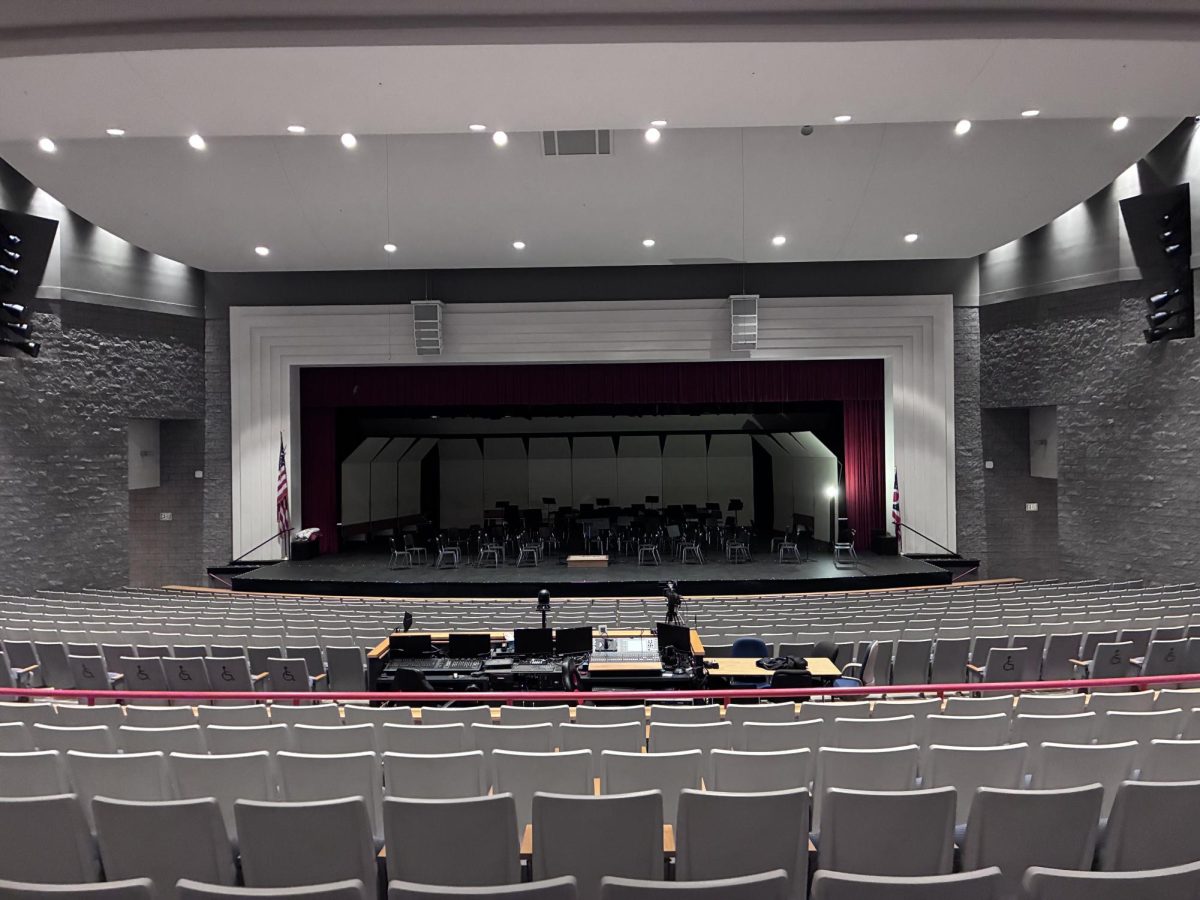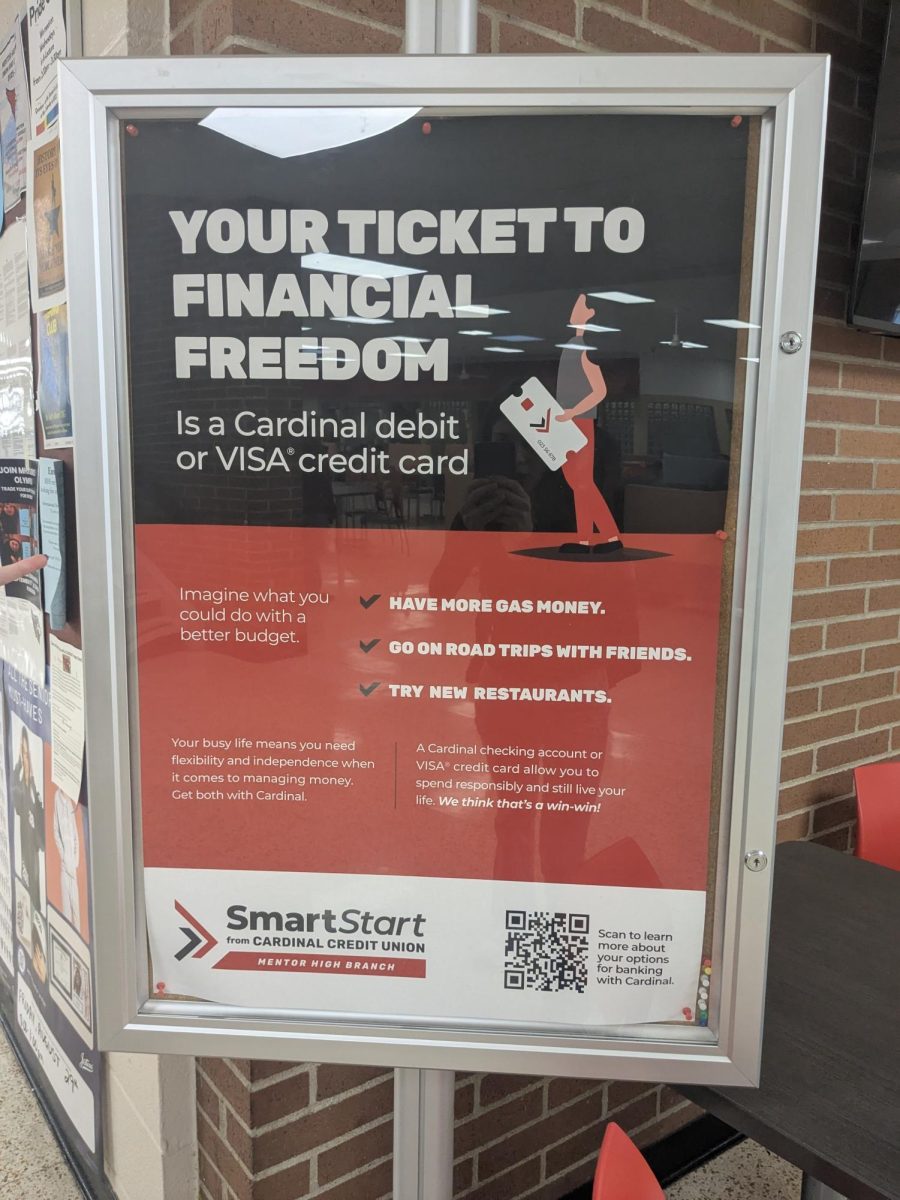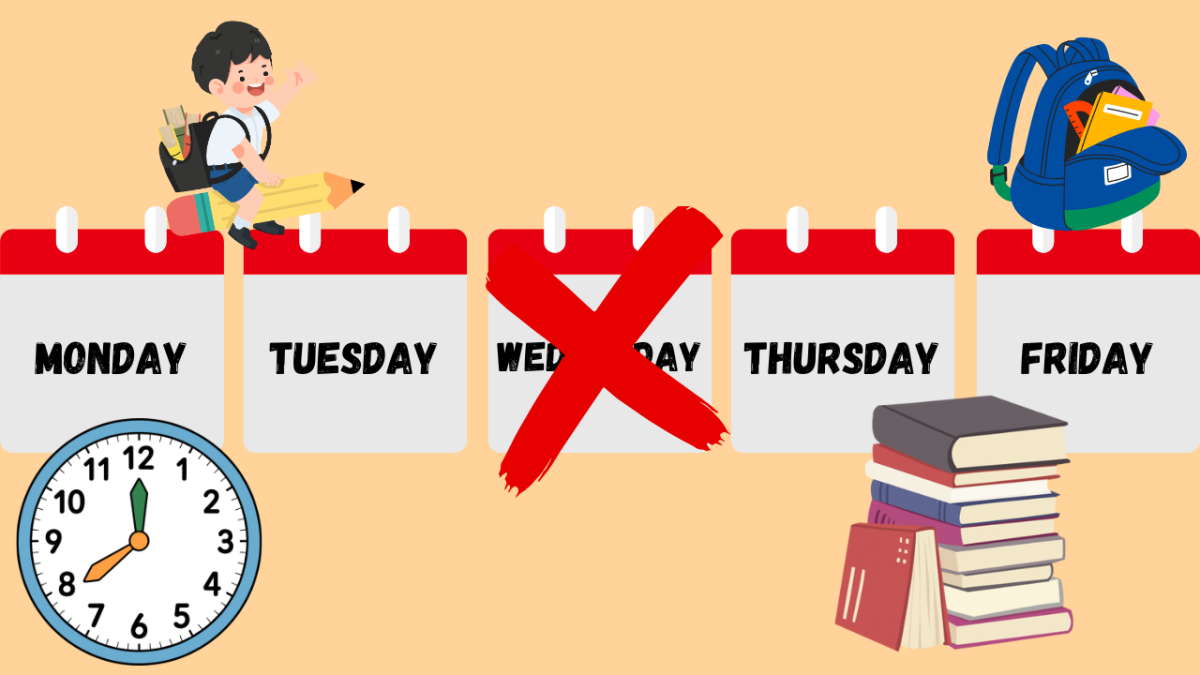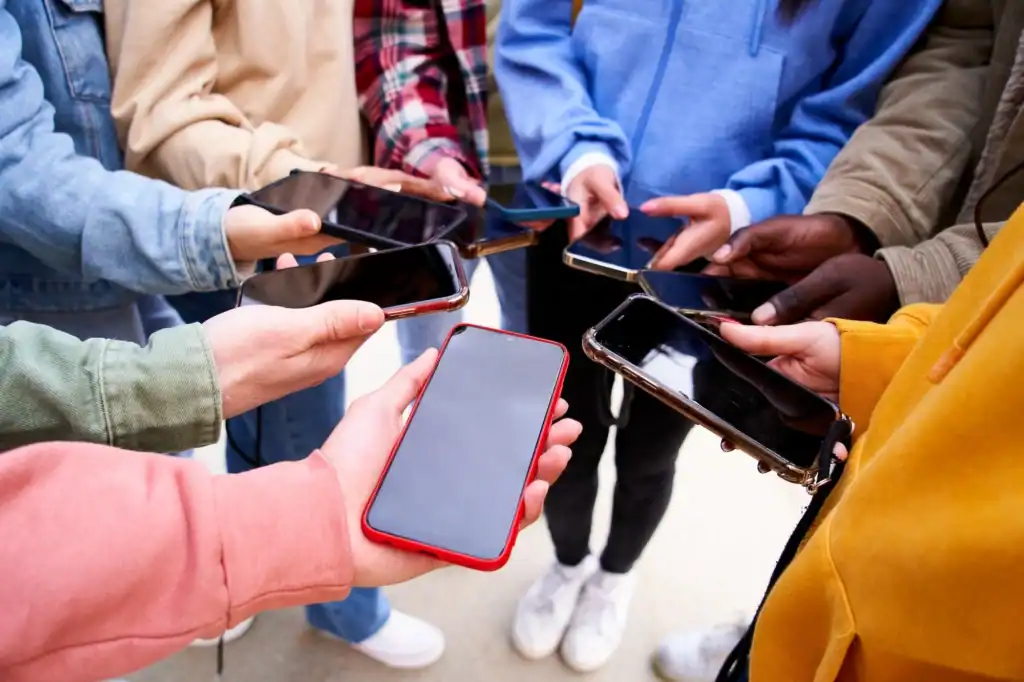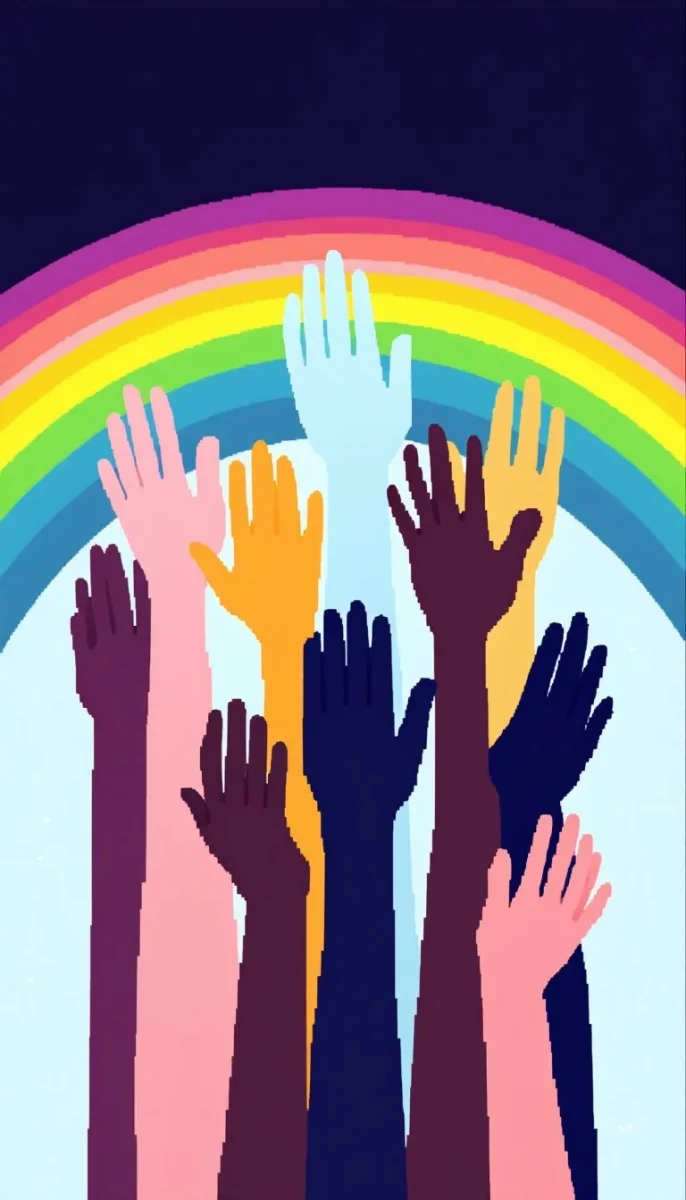There have been many times throughout history when student voices came together to fight for change and had positive impacts on our nation. Here are just a few examples that showcase the importance of student activism and why you should not stay silent.
Sit-In Protests During the Civil Rights Movement

Student activists were vital to the sit-in protests of the Civil Rights Movement. The sit-ins inspired student activism, forced public desegregation, and aided in the passing of the Civil Rights Act of 1964.
Joseph McNeil, Franklin McCain, Ezell Blair Jr., and David Richmond were four black students from the Agricultural & Technical College of North Carolina, now known as North Carolina A&T State University. They sat down at a lunch counter at Woolworth’s Department Store on February 1st, 1960, where they were refused service when they asked for a cup of coffee. They sat there until closing time anyway. The next day, 20 students joined the four of them. The following day, more than 60 people joined them. On February 4th, more than 300 students participated in the sit-in (civilrightstrail.com).
Student sit-ins generated public support and attention to the Civil Rights Movement, and stopped the segregation of corporations. Without student activists, sit-ins would not have had the positive impact that they did on the Civil Rights Movement (picturingblackhistory.org).
College Protests During the Vietnam War
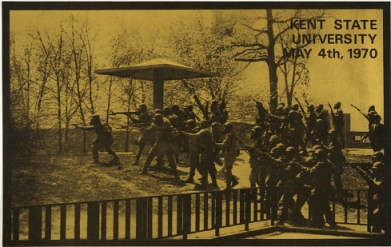
College student protests during the Vietnam War fueled the anti-war sentiment, helping lead Nixon to the decision of the 1973 Paris Peace Accords.
Campuses became filled with student organizations supporting the end of the Vietnam War and other prominent world issues. After the violence at the student protest at Kent State University, Student activists called for a strike on May 4th, 1970. Six thousand students attended the rally and marched off campus. They blocked roads and traffic during their march. The strike lasted for the next two weeks, causing lasting impacts in downtown Seattle.
One of the best-known student organization groups was the Students for a Democratic Society (SDS). By 1966, they were focused on antiwar efforts, and they were spread across campuses around the country. They worked to organize radical and antiwar groups at area high schools and focused anti-draft work on students whose draft deferments would soon change after graduation (depts.washington.edu).
College campuses were at the center of antiwar protests. Public backlash from the war and the Kent State shooting fueled antiwar sentiment and pressured Nixon into the 1973 Paris Peace Accords (billofrightsinstitute.org).
Youth Activists on Gun Violence

Student activists on gun violence have increased awareness, encouraged policy changes, and expanded voter engagement.
In 2018, Parkland had a deadly school shooting, killing fourteen students and three staff members. Student survivors began the nationwide advocacy group March for Our Lives (MFOL). They aimed to inspire change. Their work inspired Florida lawmakers and other state lawmakers to approve legislation that would tighten restrictions on the purchasing of guns (kpcnotebook.scholastic.com).
The youth were very vocal about the issue of gun violence and school safety in the months leading up to the 2018 election cycle. It became a part of the national discussion and had a significant impact on politics and the media (circle.tufts.edu).
Greta Thunberg’s Environmental Activism
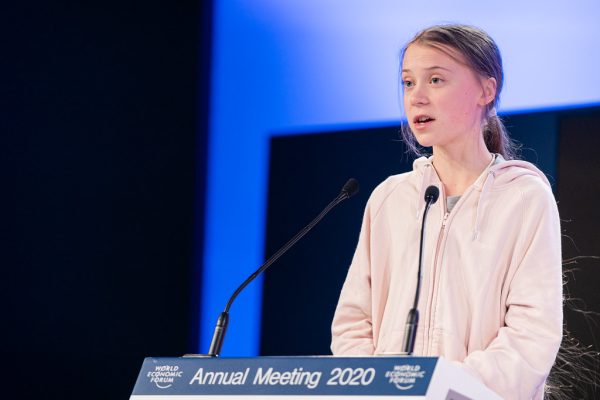
Greta Thunberg raised public awareness of climate change, especially among young people. She held the “School Strike for Climate Change” outside the Swedish Parliament in 2018 when she was just 15 years old. When she began her Fridays for Future strikes, hundreds of thousands of youth joined her across the world.
She gave a speech to the European Parliament in 2019, and 5 months later, she took a yacht across the Atlantic Ocean to address a UN Climate Summit in New York. In 2021, she spoke at a youth protest in Glasgow. She has been nominated every year for the Nobel Peace Prize every year between 2019 and 2023. Despite the criticism she has faced, she has drawn global attention to the issue of climate change and encouraged the youth to take a stand (bbc.com).
The Looming Threat of the TikTok Ban
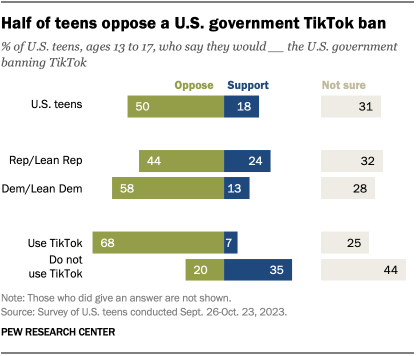
Youth activists have been very vocal about their dissatisfaction with the threat of the TikTok ban.
Only 18% of teenagers ages 13-17 support the TikTok ban, according to a Pew Research Center survey. 58% of Democratic/Democratic leaning teens oppose the ban, and 44% of Republican/Republican leaning teens oppose the ban.
Overall, the majority of teenagers, no matter their political affiliation, have come together in opposition to the TikTok ban.
The Significance of Student Journalism
Student newspapers are an important source of information and an opportunity for people to become civically engaged and knowledgeable about the world.
Newspapers in schools ensure free speech and recognize skilled writers. Newspapers are important to a democracy because they encourage roles in news production, which keeps our nation informed on public issues (cruestonian.com).
Student journalism is an outlet for students to express changes they want to see, and in a smaller setting than a national newspaper. The effects of these changes are easier to see. Newspapers in schools allow the youth to make their voices heard in a nation where the political scene is dominated by older Americans (observer.case.edu).
There is a reason why so many significant activist movements took place on college campuses and in schools. Sit-in protests, college antiwar protests, and gun violence activism are prime examples of how academic institutions inspired activism and change. Student Journalism plays a major role in activism and fighting for change. Now more than ever, student voices are needed to keep society moving in a positive direction.
Cardinal Nation invites you to share your voice. Do you have something you want to share? We welcome you, no matter who you are, to make your student voice heard.



